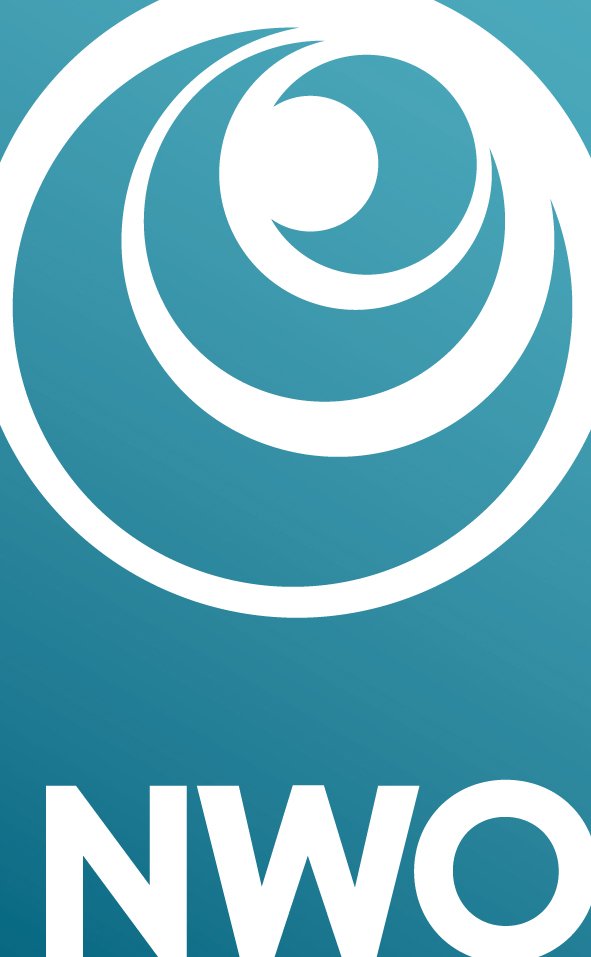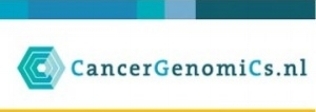 Acupuncture is a topic that divides people. It is seen by some as a little understood branch of medicine, by others simply as pseudoscience. The theory states that inserting needles at specific points can have effects on almost every ailment, from chronic pain and allergies to irritable bowel syndrome and even stroke. At present, however, there is little reliable evidence that acupuncture works any more than placebo, which makes this article from The Guardian quite unexpected:
Acupuncture is a topic that divides people. It is seen by some as a little understood branch of medicine, by others simply as pseudoscience. The theory states that inserting needles at specific points can have effects on almost every ailment, from chronic pain and allergies to irritable bowel syndrome and even stroke. At present, however, there is little reliable evidence that acupuncture works any more than placebo, which makes this article from The Guardian quite unexpected:
Rats help scientists get closer to solving the mystery of acupunctureThe Guardian - 21/07/2015
The title is surprising because this was not a report on acupuncture. The scientists applied an electric current through the acupuncture needles. This technique is called transdermal electrical stimulation and is already used in the clinic to treat chronic pain. The authors, however, call it “electroacupuncture“, and equate it to acupuncture. They are not the same thing, and the conclusions are hence not about acupuncture at all.Scientifically there are many other problems with this study. This was a tiny experiment, with only 7 animals being tested with the “electroacupuncture”. It was not blinded, meaning that the experimenters knew what treatment they were giving to each animal. You may not think that this is an important issue, but consider this: studies on acupuncture in the West yield very mixed results, leading us to believe that the effects are either tiny or non-existent. In China, Japan and Taiwan, where there is a culture of belief, almost every single study shows a positive result. The belief of the experimenter can drastically influence the result of an experiment. Blinding is essential in such studies to overcome this.It is also worth drawing attention to the controls used in this study. The experimenters compare “electroacupuncture” to two controls: sham-acupuncture and no acupuncture. Sham-acupuncture is specifically in place to test for the presence of the placebo effect. Depending on the study, sham-acupuncture can be one of a few things, from inserting the needle at a random point in the body to the use of needles that retract into the sheath, so there is no penetration of the skin at all. In this study, the authors used the insertion of their electric needle at a non-acupuncture point as the sham.Tellingly, the authors did not report any difference between sham-acupuncture and acupuncture. The fact that this isn’t reported, and a look at the data presented in the paper, suggests that there is no difference between their “electroacupuncture” and sham. They only report that “electroacupuncture” seems to be slightly better than the no treatment control. So not only their results are unspectacular, but can be entirely explained by placebo effects. It is worth pointing out that the placebo effect can be extremely powerful, and people can see vast improvements when using any therapy that may not be due to the therapy themselves, but down to the placebo effect. This is why we control for it in trials.This control issue with the study is one that is common with other acupuncture research. It is regular these kinds of studies to see no difference between acupuncture and sham-acupuncture, and rather than conclude that acupuncture doesn’t work, they conclude that both acupuncture and sham-acupuncture work, and this is just not true! If a drug had the same level of effect as a sugar pill, we wouldn’t conclude that both are working. Unfortunately, it is rare for studies into pseudoscience to hold themselves to the same standards.Put simply, this is a badly designed study, from which the authors conclude that acupuncture works, seemingly without actually looking at acupuncture at all. At present, we cannot even say that there is a “mystery of acupuncture”, as described in the headline of this article. There is no mechanism in science or medicine through which sticking needles into particular points around the body can have very specific effects on other parts, so to claim acupuncture works would require convincing evidence (extraordinary claims require extraordinary evidence). This is certainly not that.



